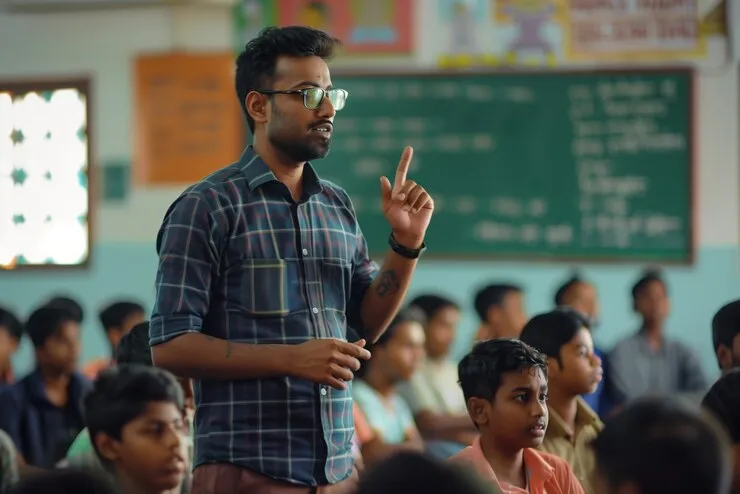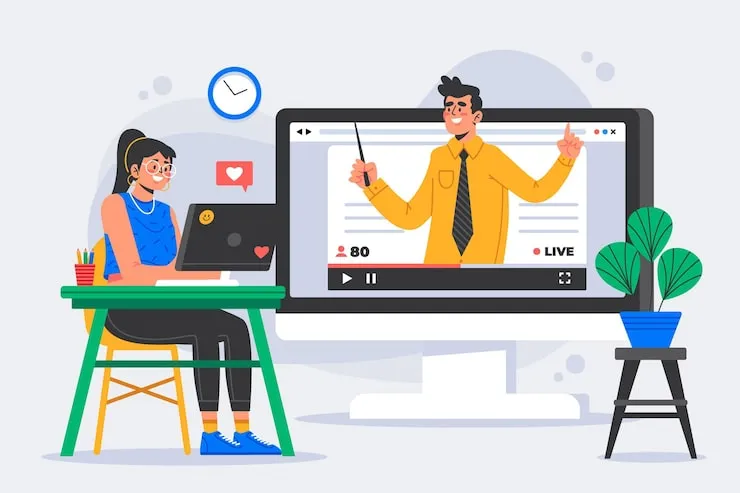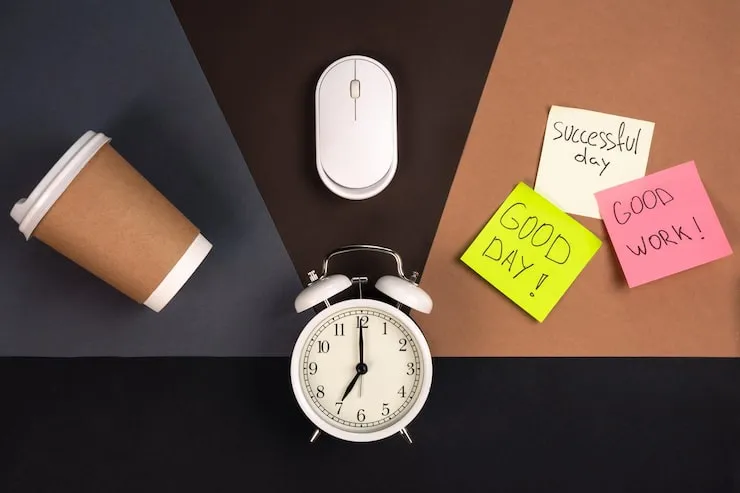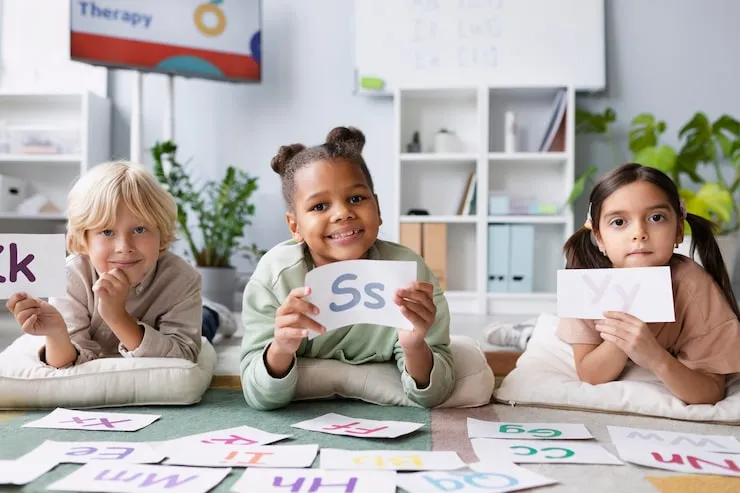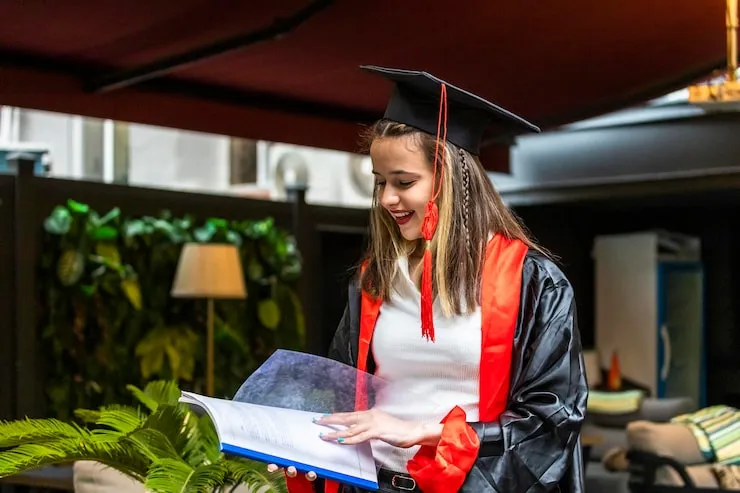It’s strange, you know. Kerala always talks about being ahead in education. We top literacy charts, our schools win awards, and the government’s always announcing some new scheme or pilot project. But if you quietly walk into an ordinary school somewhere in Idukki, or say, Kasaragod, and ask where the kids with disabilities are… you may not get a clear answer.
Inclusion, that word sounds so hopeful. But in real life? Not so easy. Not everywhere.
Read Also: Kerala’s 2025–26 Education Budget: Student And School Updates
The Dream Was Bigger
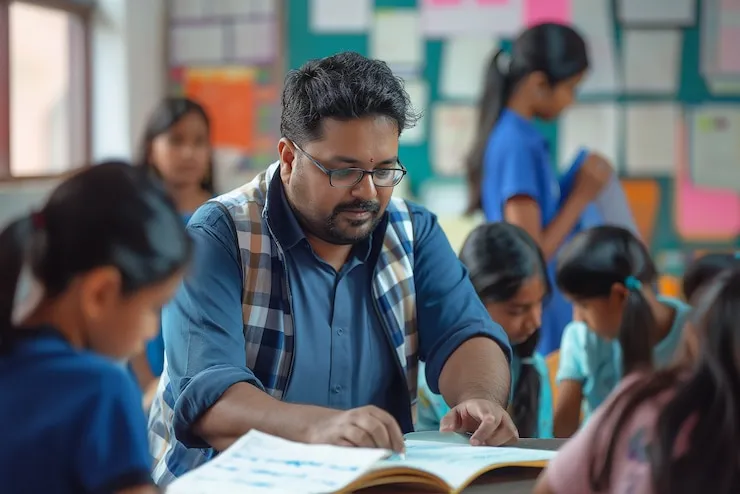
Let’s go back a bit. A few years ago, when the Right to Education Act was reshaped to talk about children with disabilities too, there was celebration. Kerala said yes—we’ll build inclusive schools. No more sidelining disabled children into separate setups. Mainstream, regular schools were supposed to be for everyone. Kids in wheelchairs. Kids who can’t hear. Kids who need extra time or visuals to understand a lesson.
And well, a lot was done. You saw ramps being added. Some books were printed in Braille. A few schools even hired special educators. But the thing is... most of that change remained only in certain districts, and often, it looked better on paper than in practice.
On Paper vs. On Ground
Take Malappuram. Or Wayanad. Rural schools do have children with disabilities on their rolls. But how many are attending every day? How many teachers know how to teach them?
Let’s say there's a child with mild autism in Class 3. The teacher probably has no training in handling sensory issues. She might care deeply—but she has 35 other kids, one chalkboard, and 40 minutes to teach division. So, that one child quietly drifts.
Same story if there’s a child with speech delays or partial blindness. Kerala does have programs like Samagra Shiksha Kerala (SSK) that aim to train and equip schools, but the reach… it’s just not wide enough.
Parents Are Tired
Ask the parents. That’s where the real story lies.
Maya, from a village near Kottayam, said this about her son with learning difficulties:
“They admitted him only after we begged. He sits in class, yes. But no one teaches him in a way he can follow. They just ask him to copy notes.”
Another parent, Rafiq from Kozhikode, mentioned:
“There’s no special educator in our Panchayat school. We send our daughter anyway, because it’s nearby. But she mostly sits alone.”
Some parents quietly give up and stop sending the child. Others shift them to expensive special schools in towns. But what about poor families? They don’t have that choice.
Where Are the Special Educators?
Here’s a key issue. Kerala has way too few special educators. Ideally, every school should have at least one. But currently, most districts have floating educators who visit 4–5 schools in rotation.
Imagine needing help every day—but your helper shows up only once a week.
That’s the situation for many children. And teachers? They say the crash-course training they receive once a year isn’t enough. “We try, but we don’t know how to handle ADHD or autism,” one teacher in Ernakulam confessed.
Infrastructure, or the Lack of It
Some schools have ramps. Some even got elevators recently. But many don’t. Toilets are often not designed for disabled use. Classrooms are crowded. Boards are not visible from all angles.
Braille books? Only available for select subjects, and sometimes they arrive late.
Many schools have “resource rooms” meant for children with disabilities, but they’re often used as storage rooms or lie locked because no one knows what to do inside them.
It’s Not All Gloom
To be fair, some schools are trying—and succeeding. In Thrissur, one government school created a peer buddy system. Every child with a disability was paired with a friend who helps them with notes, games, and even walking to class. It wasn’t part of any official policy. The teachers just thought it made sense.
In Alappuzha, an NGO donated therapy toys and trained a teacher in sensory exercises. The result? Better attendance, fewer complaints, and visible smiles. But these are rare stories. Not the rule.
Read Also: Kerala University Distance Education Courses
What About the Kids Themselves?
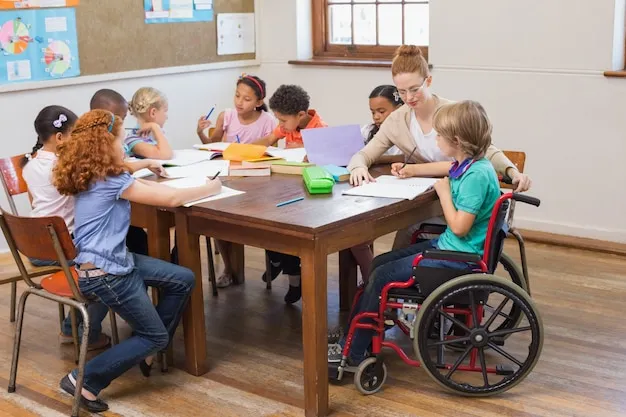
No one really asks the children.
- When they do, here’s what they say:
- “I don’t understand what teacher is saying.”
- “No one talks to me during lunch.”
- “I just draw in my notebook while others do maths.”
These aren’t complaints—they’re quiet cries. And they come not from hate or anger, but from being overlooked.
It hurts more than punishment. Being invisible.
Teachers Are Stuck Too
Blaming teachers is unfair. Most want to do better. But they’re burnt out. A regular schoolteacher in Kerala is expected to teach, evaluate, discipline, counsel, and manage admin tasks. Throw in a child with severe learning issues, and it’s overwhelming.
Give them proper support, and they can do wonders. But support is often missing.
Solutions That Aren’t Complicated
People think inclusion is expensive. But much of it isn’t. Here’s what many believe Kerala can do right now:
- Make sure every school has at least one full-time special educator
- Give teachers real training, not token sessions
- Provide assistive tools—not all are costly
- Build toilets and ramps that actually work
- Start school-level inclusion clubs to raise awareness
- Make textbooks available in different formats (audio, Braille, simple text)
- Involve parents and even community members in this journey
Final Notes
Kerala has been a leader in education. That’s true. But real leadership means caring for the children who don’t shout. The ones who sit at the back. The ones who need a little more time. A little more help.
Because if the most vulnerable kids can’t learn with dignity, what’s the point of topping literacy charts?
Inclusion isn’t decoration. It’s the soul of schooling. And it’s time we stopped patting ourselves on the back—and started listening to the children left behind.



